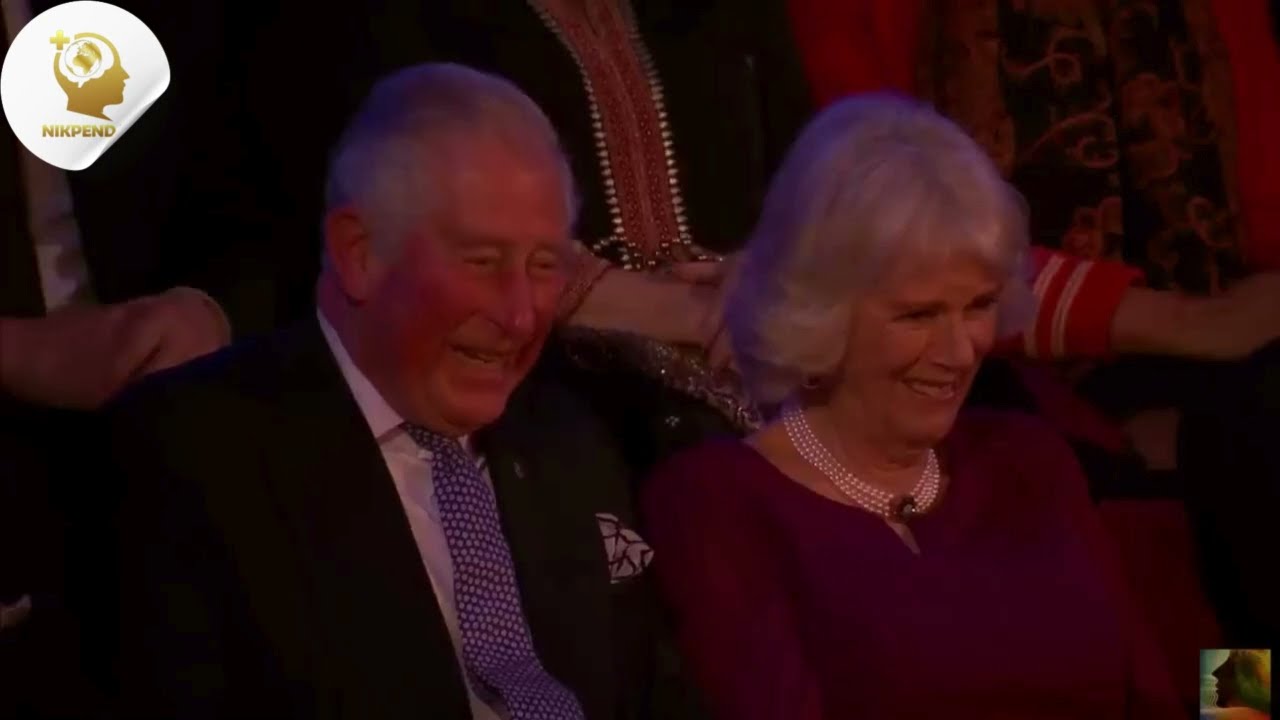
Beginner
- Personal Introduction
- Task: Students listen to the beginning of the monologue and then introduce themselves to a partner. They should state their name, where they are from, and one simple fact about their background, as the speaker does.
- Retelling a Simple Story
- Task: Students listen to the short anecdote about the heckle and the “pool table.” They then retell the story in their own words, using simple sentences to describe what happened.
- Responding to a Yes/No Question
- Task: Students are asked simple yes/no questions based on the video(e.g., “Did the speaker go to a comedy club?”, “Did someone say ‘There used to be a pool table in here’?”). They must answer with a clear “Yes, he did” or “No, he didn’t.”
Intermediate
- Explaining a Joke or a Point
- Task: In small groups, students listen to one of the speaker’s jokes (e.g., the “Ukrainian” joke or the “Brexit 100 meters” analogy). They then take turns explaining the humor and the underlying point to their group members.
- Role-play: An Interview
- Task: One student acts as the US border agent and asks another student questions about their background, similar to the questions mentioned in the monologue. The second student answers with a mix of factual and humorous or evasive responses.
- Expressing an Opinion with Justification
- Task: Students listen to the speaker’s opinion on Brexit. They then express their own opinion on a similar topic (e.g., a political decision, a controversial event) and provide at least two reasons to support their view, using phrases like “I think that’s good because…” or “I disagree with that because…”
Advanced
- Delivering a Short Monologue
- Task: Students prepare and deliver a short, 2-3 minute monologue in the style of the speaker. They should choose a topic from their own life and use humor, rhetorical questions, and exaggeration to engage the audience.
- Analyzing and Debating a Cultural or Political Issue
- Task: Students listen to the section about the Iranian travel ban or the Brexit commentary. In a small group discussion, they analyze the speaker’s critique of these policies and then debate the underlying issues, using evidence from the videoto support their points.
- Storytelling with Characterization
- Task: Students listen to the final anecdote about meeting Prince Charles. They then retell the story, but they must impersonate the voices and mannerisms of the different characters (the speaker, the Prince, the other actors). They should pay close attention to intonation and pauses.
Beginner
- Listening for Gist
- Task: Students listen to the first minute of the recording. After listening, they are given three different options about the speaker and his location. For example, they must choose between: A) He is at a theater, B) He is at a sports game, or C) He is at a restaurant.
- .
- Listening for Key Words
- Task: Students are provided with a short list of keywords from the video(e.g., “joke,” “Iranian,” “Brexit,” “age,” “neighbors”). As they listen, they must check off the words they hear.
- Simple True/False Statements
- Task: Students listen to a short section of the monologue (e.g., the part about the heckle). They are then given a series of simple true/false statements, such as: “The speaker’s joke was very funny to the audience.” or “Someone in the audience mentioned a pool table.”
Intermediate
- Listening for Specific Details
- Task: Students listen to the section about the New York diner and the travel ban. They are given a series of questions and must answer them based on what they heard. For example: “Where was the speaker born and raised?”, “What did he jokingly call himself to the border agent?”, and “What was he invited to do in New York?”.
- Identifying Cause and Effect
- Task: Students listen to the section about Brexit and the speaker’s analogies. They must identify the cause and effect relationship in one of the analogies. For example: “What is the result of getting a Snickers bar when you have a nut allergy?” or “Why does the speaker decide to keep watching the Kardashians?”
- .
- Listening for Tone and Emotion
- Task: Students listen to different parts of the recording and describe the speaker’s tone and emotion in each section. For example, what is his tone when he says, “We’ve made our decision”? Is he serious, or is he being sarcastic? What does his tone suggest about his feelings toward the topic?
Advanced
- Analyzing Argument Structure
- Task: Students listen to the entire monologue and analyze how the speaker uses personal anecdotes and jokes to make broader points about identity, politics, and culture. They should be able to identify the main themes and explain how the different stories (the diner, the visa, Brexit, Prince Charles) connect to support his message.
- Identifying Subtext and Irony
- Task: Students listen to the part where the speaker talks about meeting Prince Charles in the greenhouse and how “one of the delphiniums said please do for God’s sake.” They must explain the humor and irony of this statement.
- Comprehensive Note-Taking
- Task: Students listen to the entire monologue and take detailed notes on the key topics and jokes. After listening, they should use their notes to write a summary of the monologue in their own words, capturing the main ideas, humorous elements, and the speaker’s overall purpose.
Beginner
- Vocabulary Matching
- Task: Students read a list of simple words from the video(e.g., “theater,” “joke,” “passport,” “neighbors,” “great,” “decision”). They must match each word to a provided definition or a simple synonym.
- Basic Comprehension Questions
- Task: Students read a short section of the video(e.g., the first two paragraphs). They then answer simple, direct “who,” “what,” and “where” questions, such as:
- Where was the speaker practicing his jokes?
- What did someone in the audience say?
- What did the sign on the New York diner say?
.3. True or False Statements
- Task: Provide a series of statements based on the video and have students determine if they are true or false. For example:
- The speaker was practicing his jokes in a pub. (True)
- The speaker was given a work visa for New York. (False)
- The speaker’s neighbors are 70 years old. (False)
Intermediate
- Identifying the Main Idea of a Section
- Task: Divide the videointo several short sections (e.g., the heckle story, the travel ban story, the Brexit analogies, the aging neighbors, the meeting with Prince Charles). For each section, students write a one-sentence summary of the main idea.
- Analyzing a Character’s Actions
- Task: Students read the section about the speaker’s encounter with the US border agent and his visit to Clarence House. They then write a short paragraph explaining how the speaker portrays himself in these situations. What kind of person does he seem to be?
- Explaining an Analogy
- Task: Students read one of the Brexit analogies (e.g., the Snickers bar or the parachute). They must explain in their own words what the analogy is comparing and what point the speaker is trying to make about Brexit.
Advanced
- Analyzing Rhetorical Devices
- Task: Students identify and analyze specific rhetorical devices used in the video , such as satire, irony, or hyperbole. For example, they can explain the purpose of the exaggerated “Brexit 100 meters” or the satirical portrayal of the “authentic American experience.”
- Examining Cultural and Social Commentary
- Task: Students write a short essay (2–3 paragraphs) analyzing the speaker’s commentary on cultural stereotypes and national identity. They should use direct quotes from the text to support their analysis of how the speaker uses humor to address serious topics like the travel ban and Brexit.
- Identifying and Explaining a Theme
- Task: Students read the entire videoand identify a key theme, such as identity, the nature of humor, or the stubbornness of British culture. They must then write an essay explaining how this theme is developed throughout the monologue, using examples from at least two different sections of the text.
Beginner
- Personal Introduction
- Task: Students listen to the beginning of the monologue. They then write a short paragraph introducing themselves, including their name and a simple fact about their background, similar to how the speaker introduces himself as a “British Iranian.”
- Describing a Feeling
- Task: After listening to the speaker describe the “pool table” heckle, students write a few sentences about a time they felt embarrassed, surprised, or another simple emotion, using the phrase “I felt…”
- Simple Story Completion
- Task: Students listen to the anecdote about the neighbor who forgot the name of a plant. They are given a simple story template with key words missing and must fill in the blanks based on what they heard. For example: “The man was 80 years old. He had been on _________. He asked about a plant that grows on the side of a building, called _________.”
Intermediate
- Explaining a Point of View
- Task: Students listen to the section about Brexit and the Snickers bar analogy. They then write a short paragraph explaining the speaker’s viewpoint on Brexit, using at least two details from his analogy to support their explanation.
- Writing a Character Description
- Task: After listening to the speaker’s account of his encounter with Prince Charles, students write a short paragraph describing the two main characters: the speaker and Prince Charles, based on how the speaker portrays them. They should include details about their actions and dialogue.
- Creating a Dialogue
- Task: Students listen to the brief dialogues in the video(e.g., the speaker with the border agent, the speaker with the news agent). They then choose one and expand it into a longer, more detailed dialogue, adding their own lines to make the conversation more realistic or humorous.
Advanced
- Analyzing a Metaphor or Analogy
- Task: Students listen to the three analogies about Brexit (the Snickers bar, the parachute, and the Kardashians). They then write a short essay analyzing how each analogy works to support the speaker’s satirical view on the topic. They should explain the meaning of each comparison and why it is an effective form of social commentary.
- Writing a Satirical Response
- Task: Students listen to the entire monologue and then choose a social or political topic of their own. They write a short, satirical piece in the style of the speaker, using a combination of personal anecdotes, exaggeration, and rhetorical questions.
- Summarizing and Critiquing an Argument
- Task: Students listen to the entire monologue and then write a critical summary of the speaker’s key arguments. They should identify the main themes (e.g., identity, politics, aging) and discuss how the speaker uses humor and narrative to engage the audience. The critique should also evaluate the effectiveness of his techniques.





